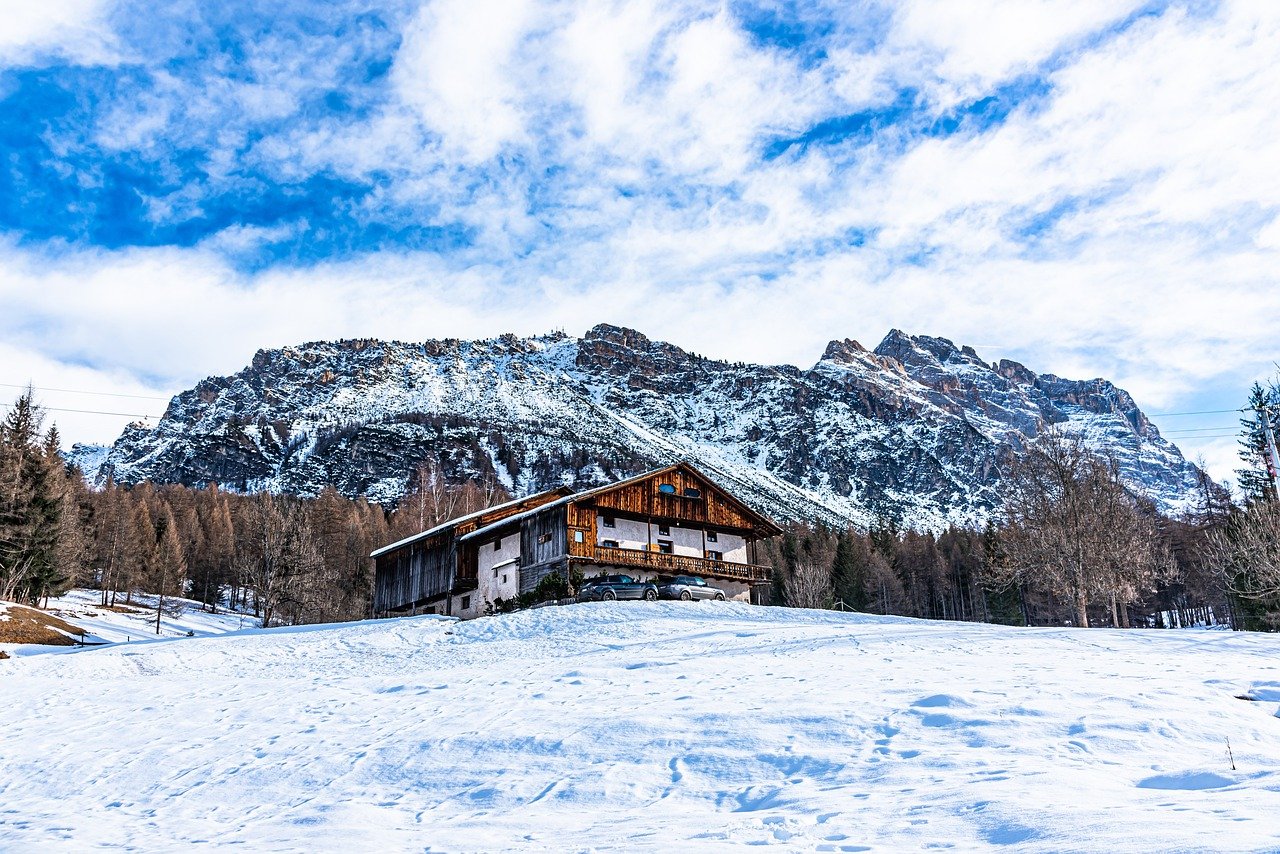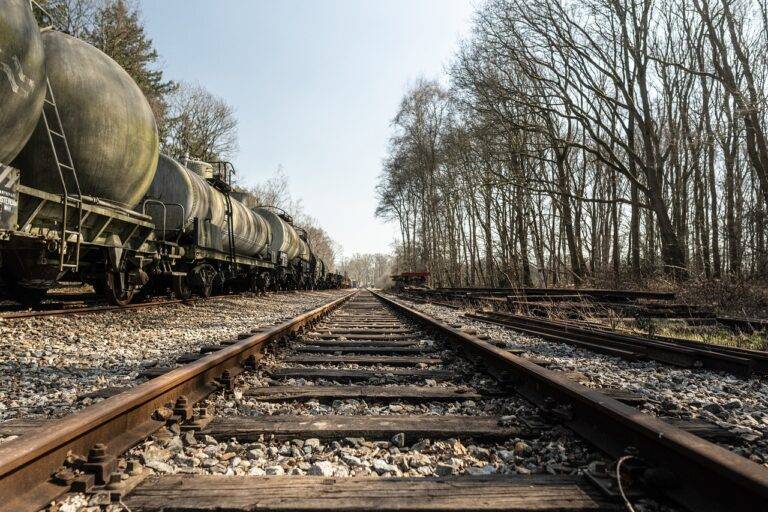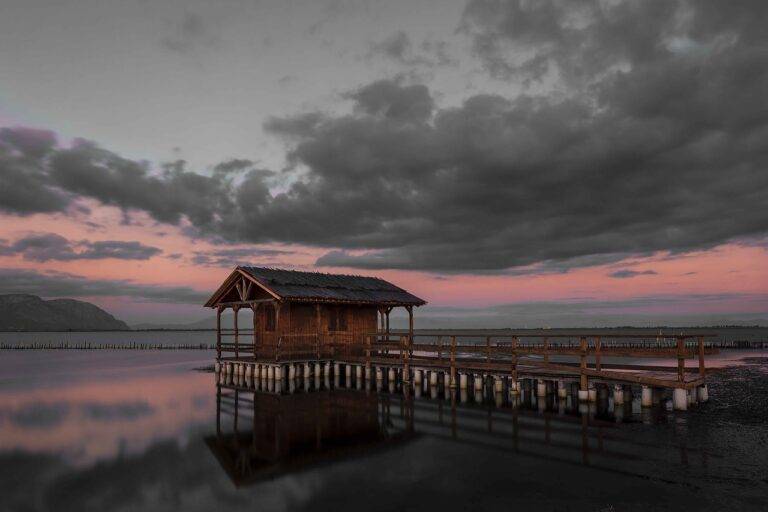Exploring Historic Castles and Fortresses: A Medieval Journey
Medieval architecture, characterized by its grandiose structures and intricate designs, was influenced by the cultural, political, and religious changes of the time. The architectural styles varied across different regions in Europe, each reflecting the unique traditions and beliefs of the people. From the soaring Gothic cathedrals to the imposing castles and fortified walls, medieval architecture stood as a testament to the technological advancements and artistic achievements of the era.
The use of stone and timber in construction allowed for the creation of elaborate architectural details, such as pointed arches, ribbed vaults, and flying buttresses. These elements not only served functional purposes but also added a sense of grandeur and awe to the buildings. The cathedrals, in particular, were designed to inspire piety and reverence, with their towering spires reaching towards the heavens, symbolizing the connection between the earthly and the divine.
The Rise of Castles and Fortresses
During the medieval period, the rise of castles and fortresses marked a significant shift in architectural design and defensive strategies. These imposing structures served not only as military strongholds but also as symbols of power and authority for the nobility. The construction of castles was a complex process that required skilled laborers, durable materials, and meticulous planning to ensure their effectiveness in withstanding sieges and attacks.
Castles were strategically built in key locations, such as on hilltops or along rivers, to take advantage of natural defensive features and to control important trade routes. The layout of a typical castle included a keep, or central tower, fortified walls, gatehouses, and towers for archers to defend against intruders. The evolution of castle design over time reflected advancements in military technology and tactics, leading to innovations such as concentric walls, moats, and drawbridges to enhance their defensive capabilities.
What is the significance of medieval architecture?
Medieval architecture played a crucial role in shaping the landscape and defense mechanisms of the time period. It often reflected the social status and power of the ruling class.
When did the construction of castles and fortresses begin to rise?
The construction of castles and fortresses began to rise during the medieval period, particularly in the 9th and 10th centuries.
Why were castles and fortresses built during this time?
Castles and fortresses were built as a means of protection and defense against invading forces and rival kingdoms. They provided a strategic advantage in times of conflict.
What were some common features of castles and fortresses?
Some common features of castles and fortresses included thick walls, towers, moats, drawbridges, and battlements. These features were designed to make them difficult to breach.
How did the rise of castles and fortresses impact medieval society?
The rise of castles and fortresses led to a shift in power dynamics, with feudal lords and nobles gaining more control over their territories. It also contributed to the development of feudalism and the feudal system.
Were castles and fortresses only used for defense?
While defense was a primary function of castles and fortresses, they also served as symbols of power and prestige for the ruling class. They often housed the noble families and their retinues.





